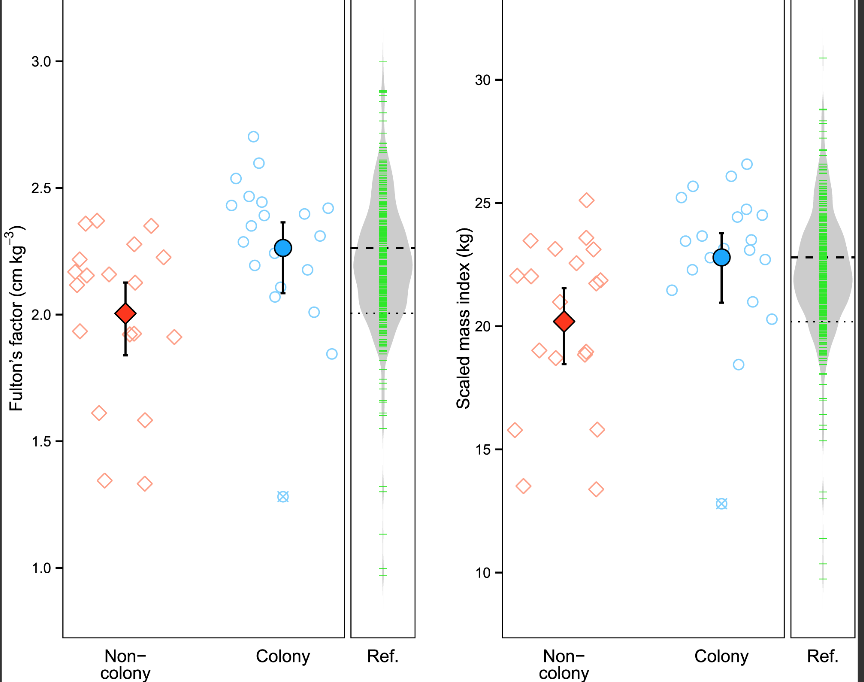
You know the famous novel about rabbits, wherein among other things the traveling bunnies find themselves in a warren where everyone is well fed and happy, and that’s a problem. There is bird version of this in the Everglades.
Apropos the Presidential election season, we note that in life the critical choice is not always the best among near bests, but the least worse among bad choices. This often applies in animal behavior and ecology, and this often comes about in relation to predator pressure. For example, years ago, Eiton Tchenrov postulated that the wild progenitor of the domestic dog, some subspecies or another of wolf, could benefit from overlapping its breeding territory with human hunters. The humans tended to keep away a range of predators that might take the pups as a form of interference competition. Even though the humans could become a bother, the absence of leopards, lions, hyenas, and other super predators (which were more widely distributed in those days, ca 12,000 years ago in the Middle East, or elsewhere, depending on how and when you think dogs were domesticated) was a good thing. Proto-dogs that did not mess with the humans would have a higher reproductive rate than would-be-dogs that lived among the more dangerous carnivores.
It turns out that there is an example of this with wading birds in the Florida Everglades. This example is important because it appears that the protector species, not just the protected species, gains a benefit, the latter having been documented many times before.
Here’s the abstract from a recent paper called “Presence of Breeding Birds Improves Body Condition for a Crocodilian Nest Protector”:
Ecological associations where one species enhances habitat for another nearby species (facilitations) shape fundamental community dynamics and can promote niche expansion, thereby influencing how and where species persist and coexist. For the many breeding birds facing high nest-predation pressure, enemy-free space can be gained by nesting near more formidable animals for physical protection. While the benefits to protected species seem well documented, very few studies have explored whether and how protector species are affected by nest protection associations. Long-legged wading birds (Pelecaniformes and Ciconiiformes) actively choose nesting sites above resident American alligators (Alligator mississippiensis), apparently to take advantage of the protection from mammalian nest predators that alligator presence offers. Previous research has shown that wading bird nesting colonies could provide substantial food for alligators in the form of dropped chicks. We compared alligator body condition in similar habitat with and without wading bird nesting colonies present. Alligator morphometric body condition indices were significantly higher in colony than in non-colony locations, an effect that was statistically independent of a range of environmental variables. Since colonially nesting birds and crocodilians co-occur in many tropical and subtropical wetlands, our results highlight a potentially widespread keystone process between two ecologically important species-groups. These findings suggest the interaction is highly beneficial for both groups of actors, and illustrate how selective pressures may have acted to form and reinforce a strongly positive ecological interaction.
I wonder if in cases where this association exists, the long legged nesting birds increase clutch size in order to have the opportunity to add additional nutrients to their predacious friend’s food supply during brood reduction?
Probably not.
Also, I wonder if such associations, between pre Tertiary Theropoda (birds and many dinosaurs) and Crocodylomorpha (all the crocs/alligators and others now extinct), ever happened. This concept should be added to future sci fi constructions of ancient times or lost worlds!
Caption for the graphic above:
Fig 3. Morphometric body condition for colony and non-colony alligators.
Comparison of morphometric body condition (Fulton’s factor, K, and scaled mass index, ) for adult female alligators caught near Everglades tree islands with and without wading bird nesting colonies present. Error bars are CI95% via bias-corrected and accelerated bootstrapping, and crossed points indicate the individual caught with a broken tail. Beanplots represent values from the reference population of alligators caught in our study area between 1999–2014, filtered for those within the range of snout-vent lengths from our captured females (n = 387); dashed and dotted lines are located at the mean values for colony and non-colony alligators, respectively.












So–the waders are willing to give up a chick or two for the protection given from other predators by nesting near alligators? Oh, wait, I read the article, and noted that the authors also hypothesize that the alligators will also benefit from “small aquatic prey that may be fuelled by bird-guano deposition” and also that “brood reduction is common in all wading birds …and the resulting chick carcasses from wading bird nesting colonies represent the most substantive food source for associate alligators.” So, this is really a win-win. So fascinating.